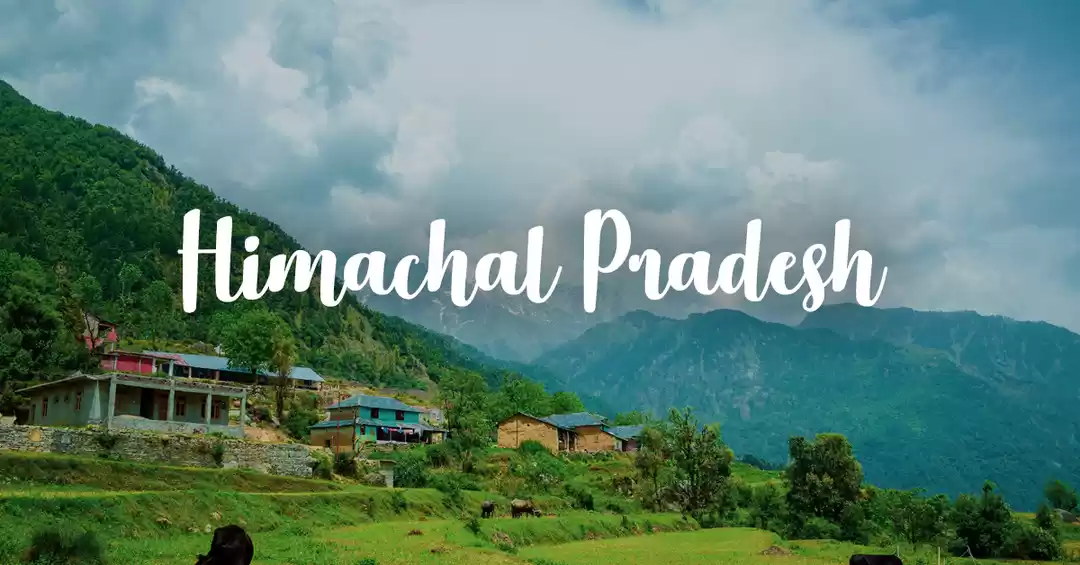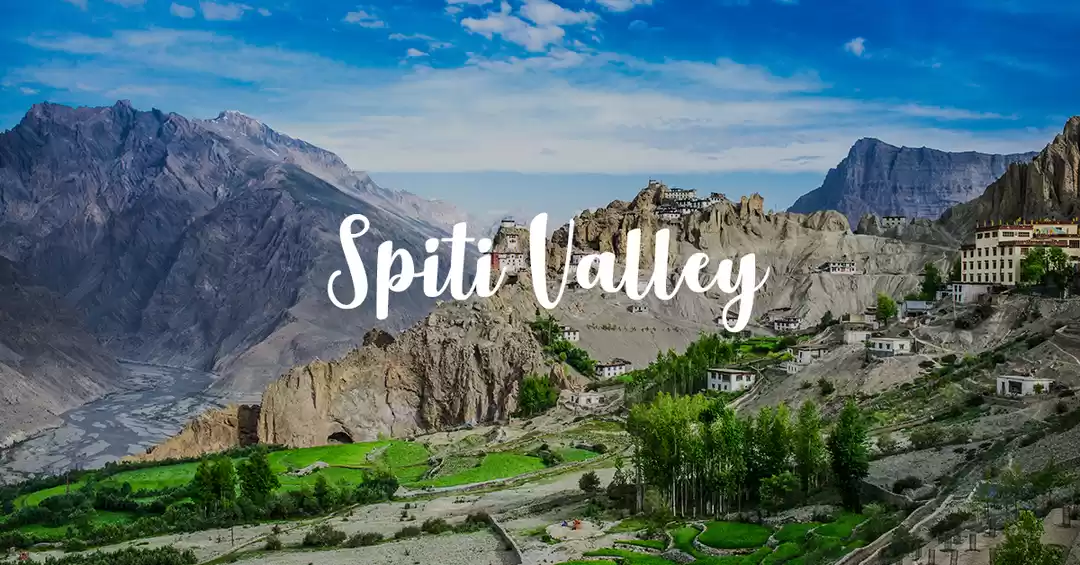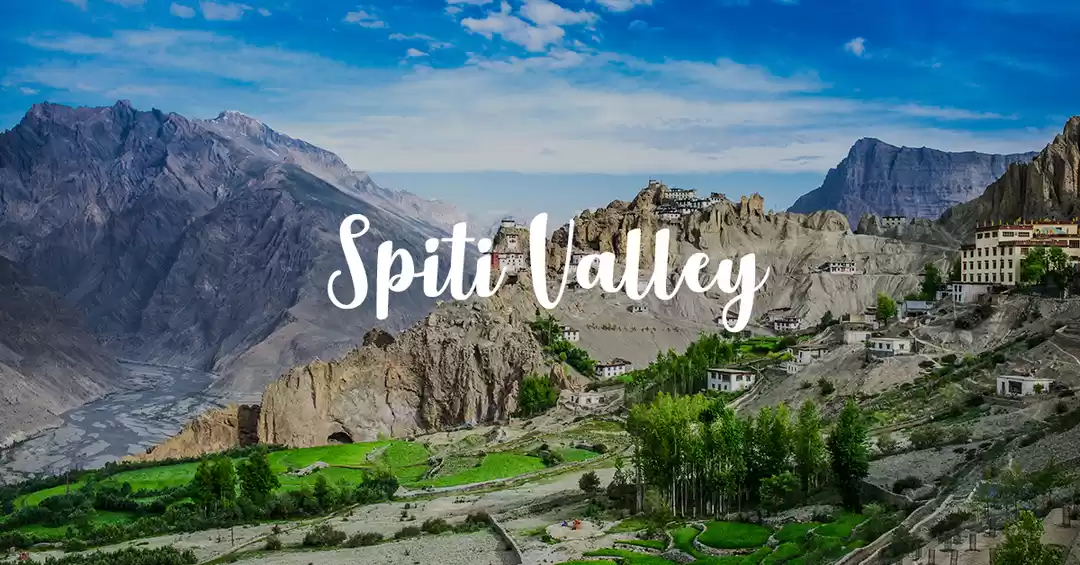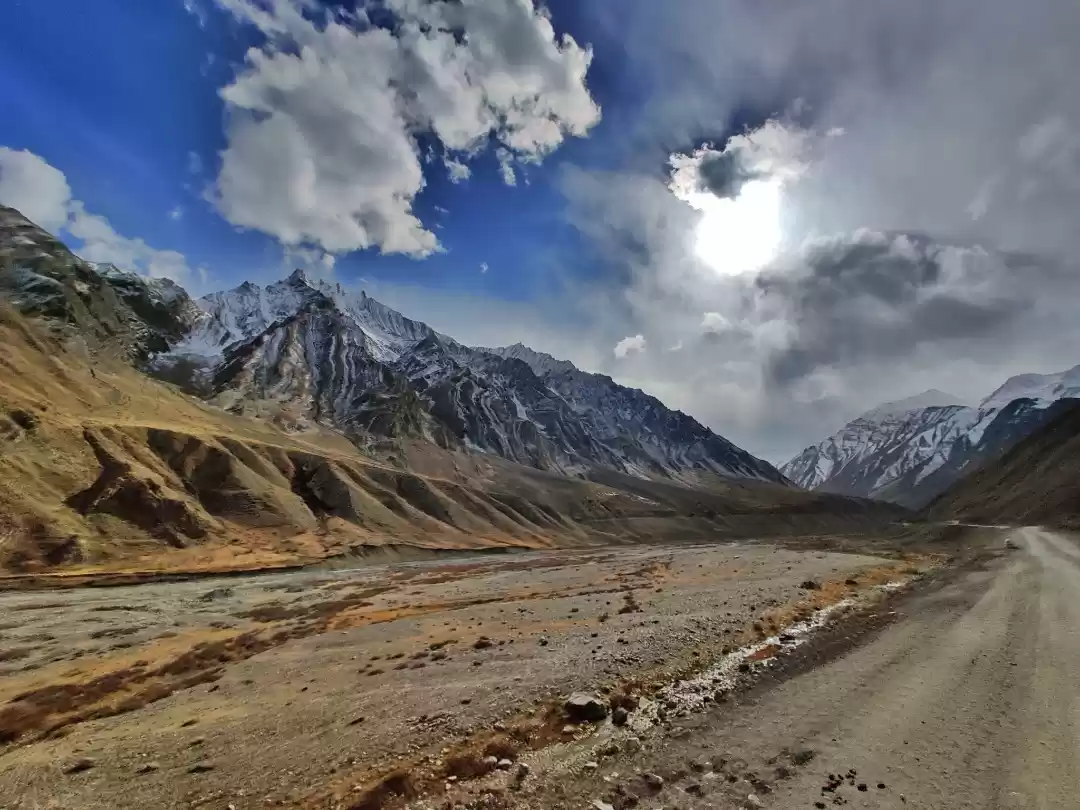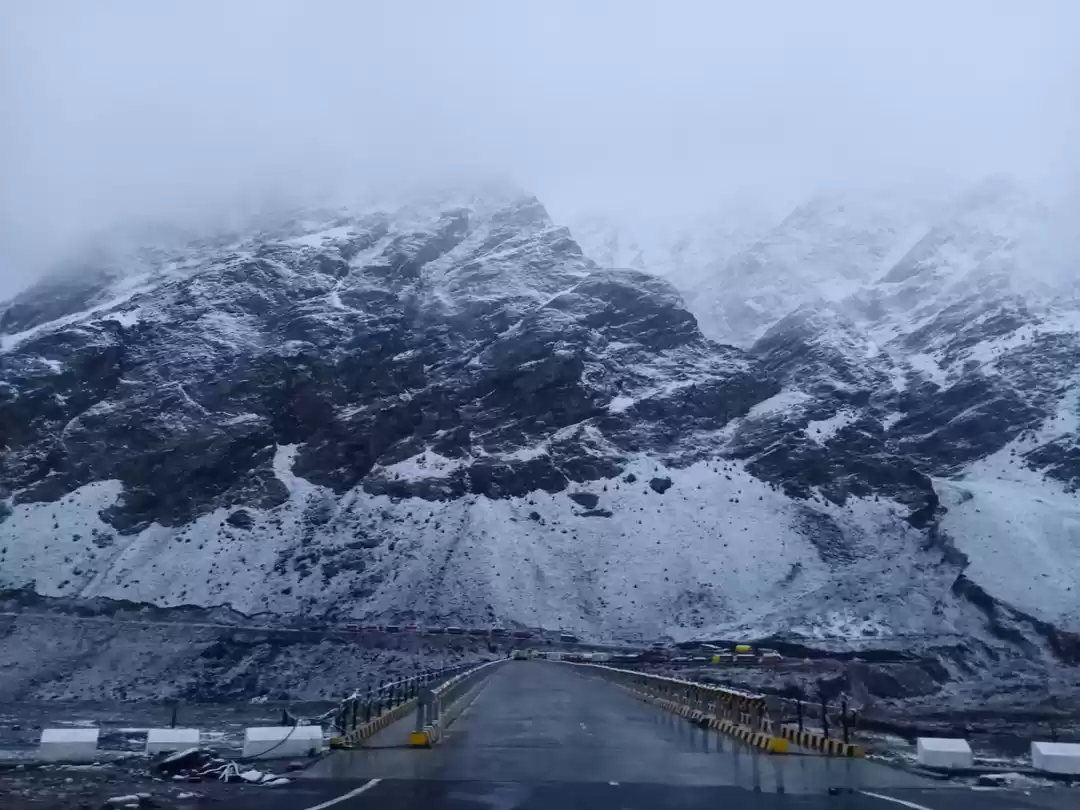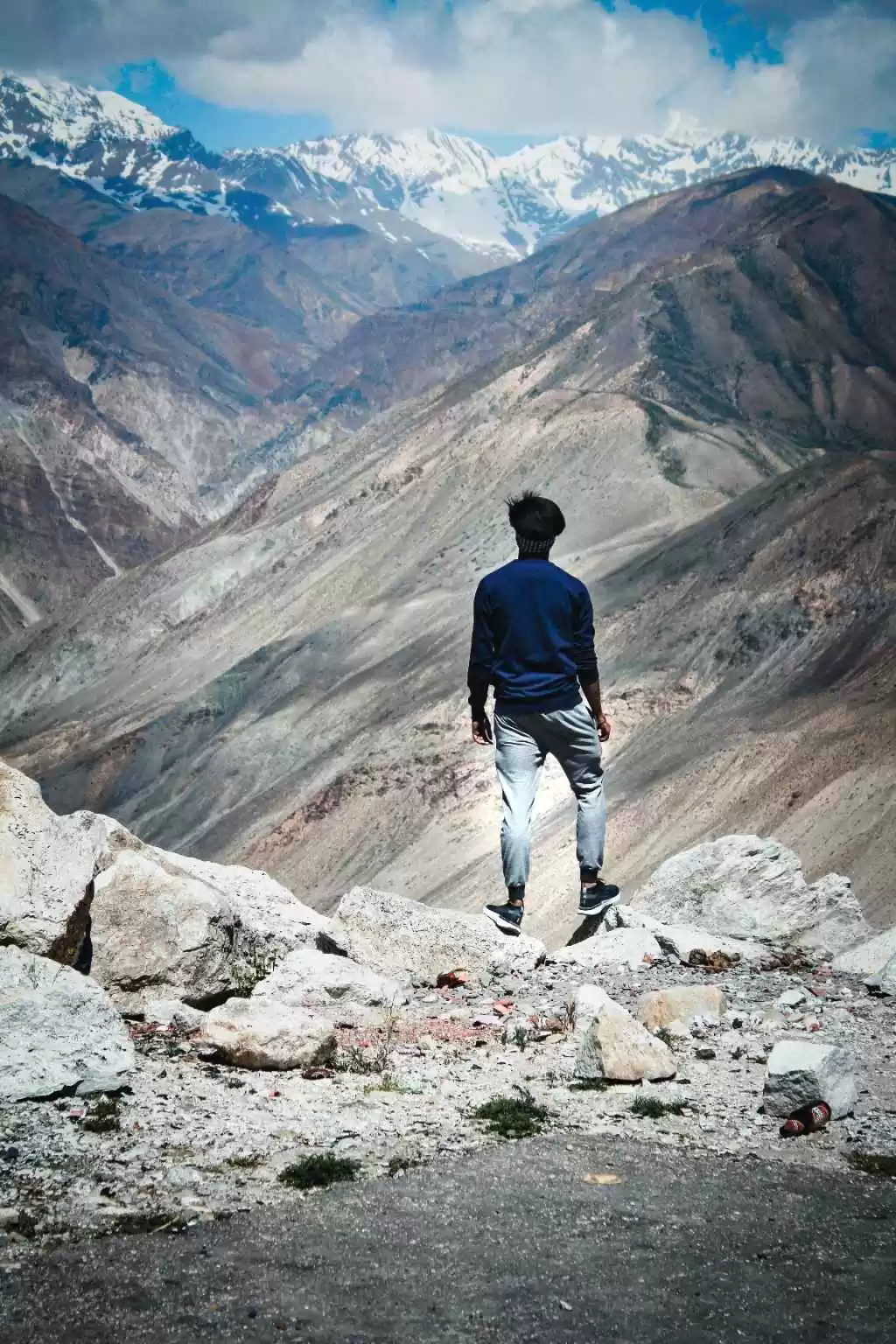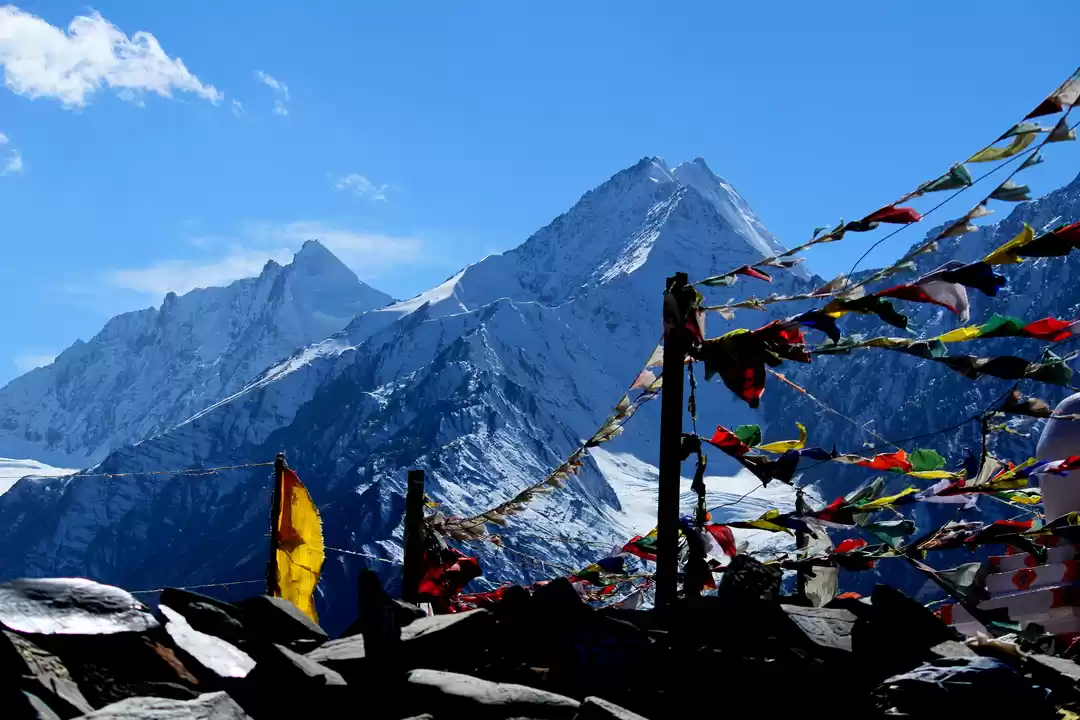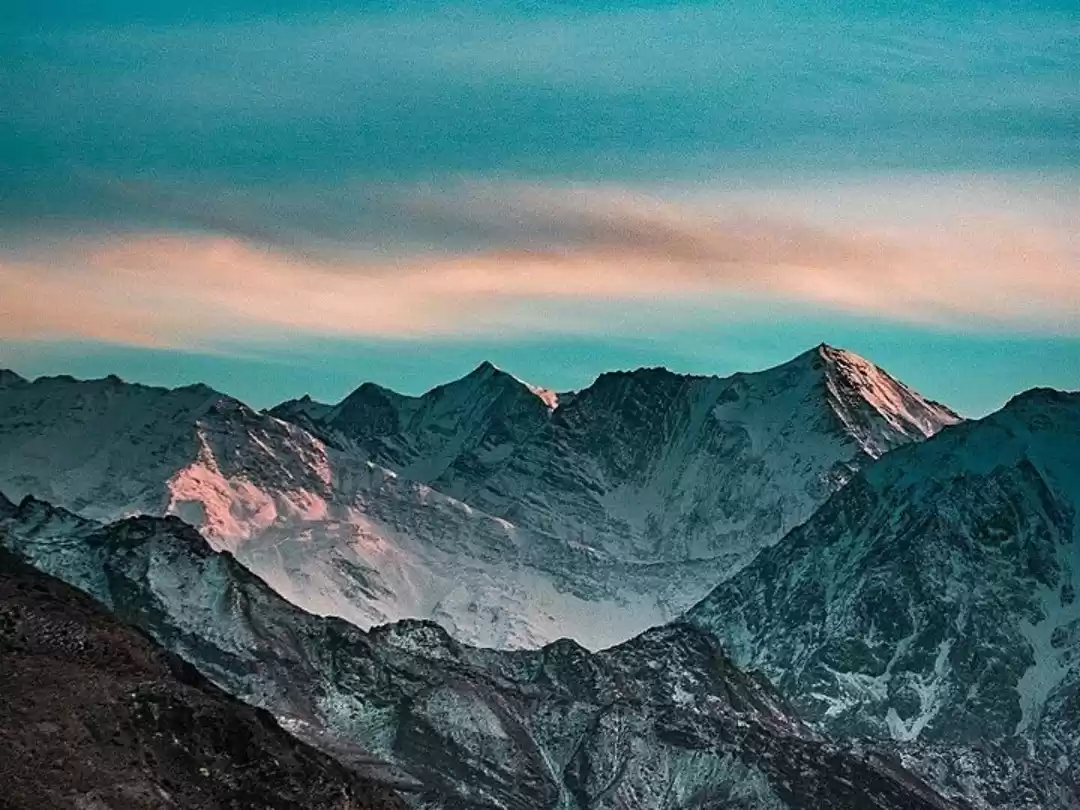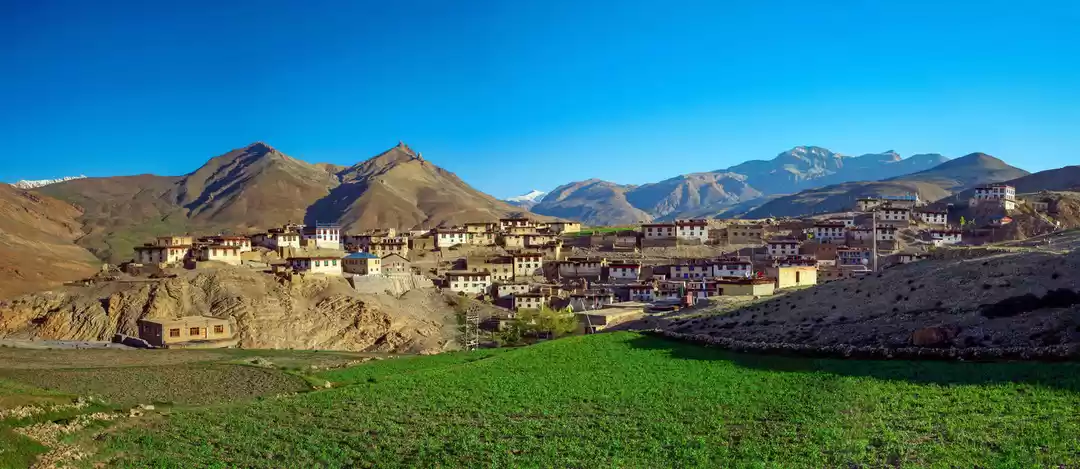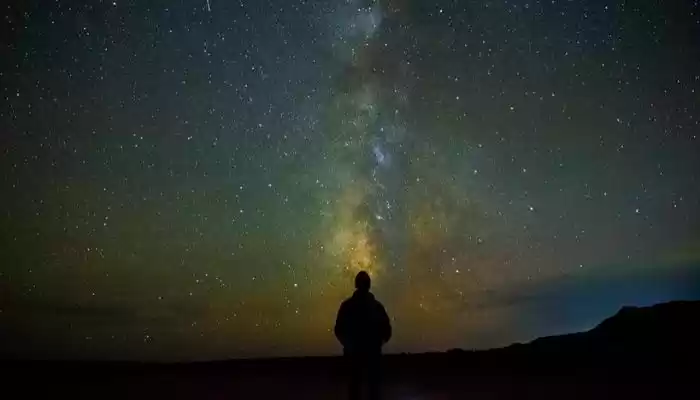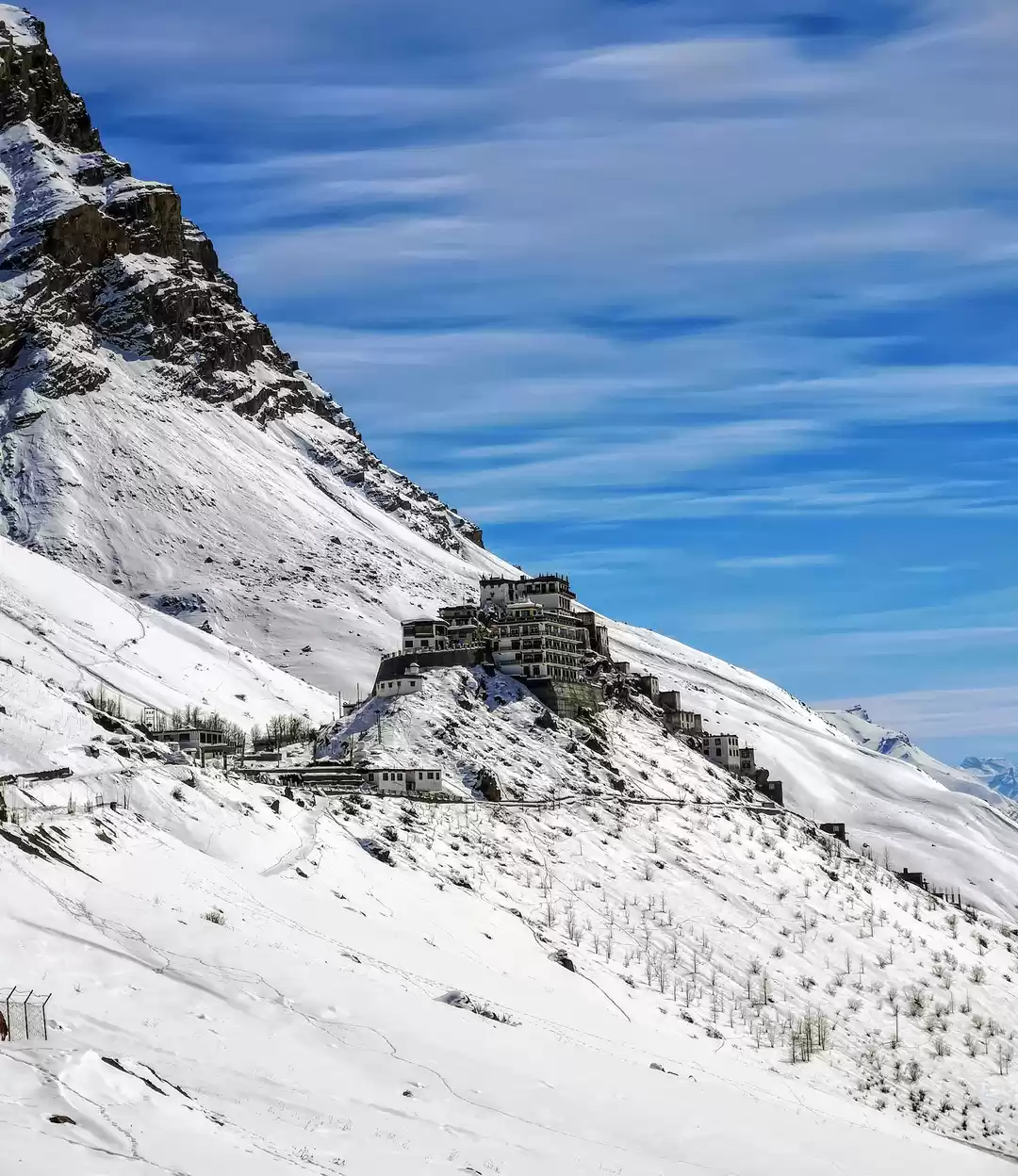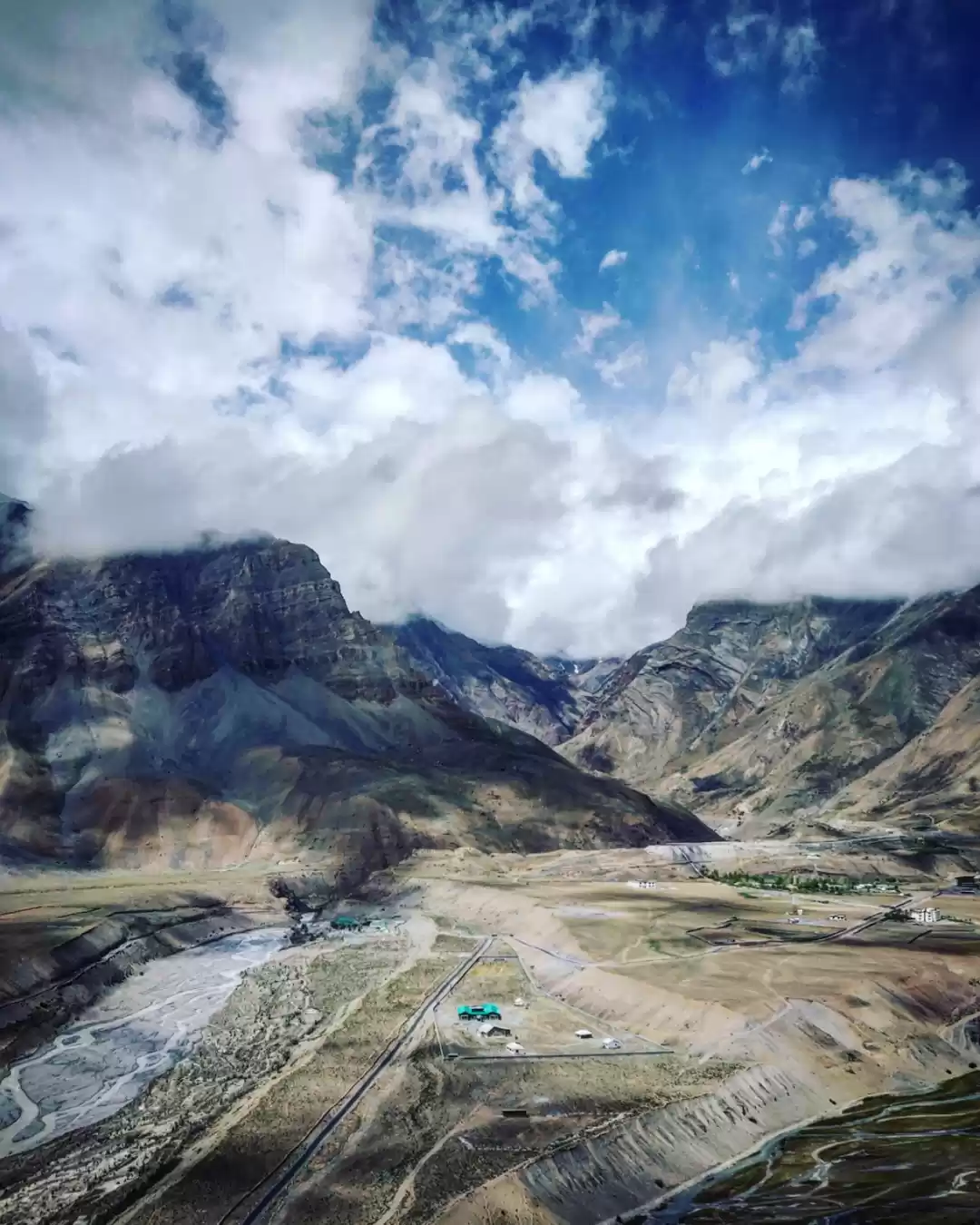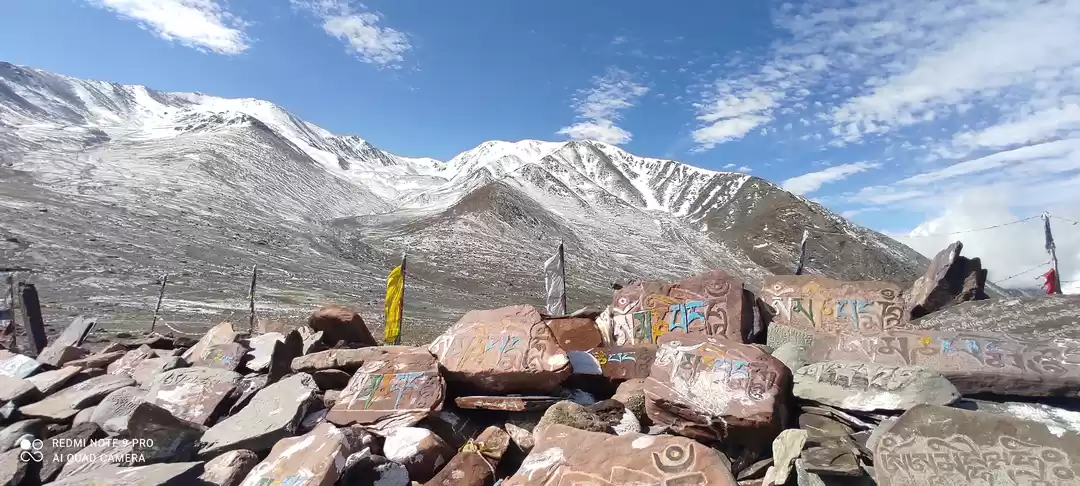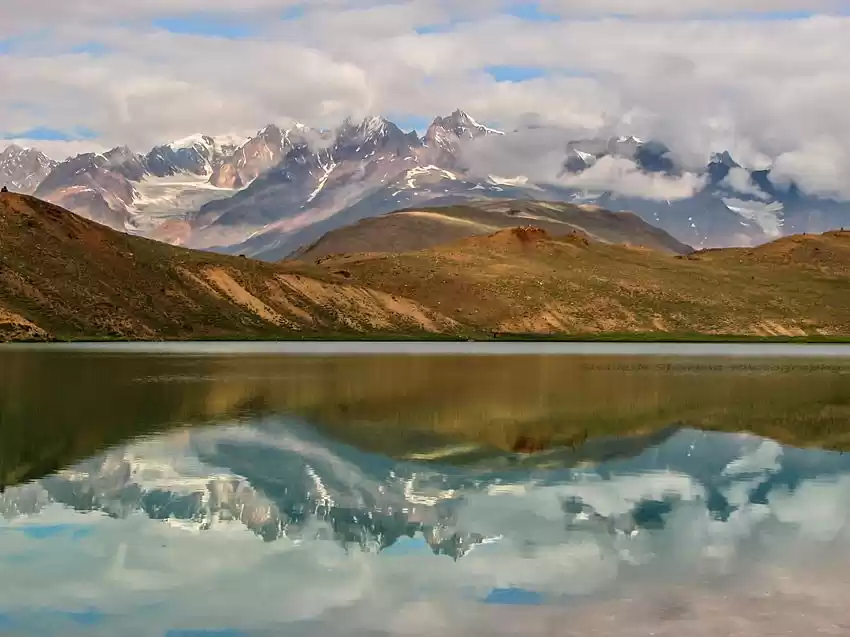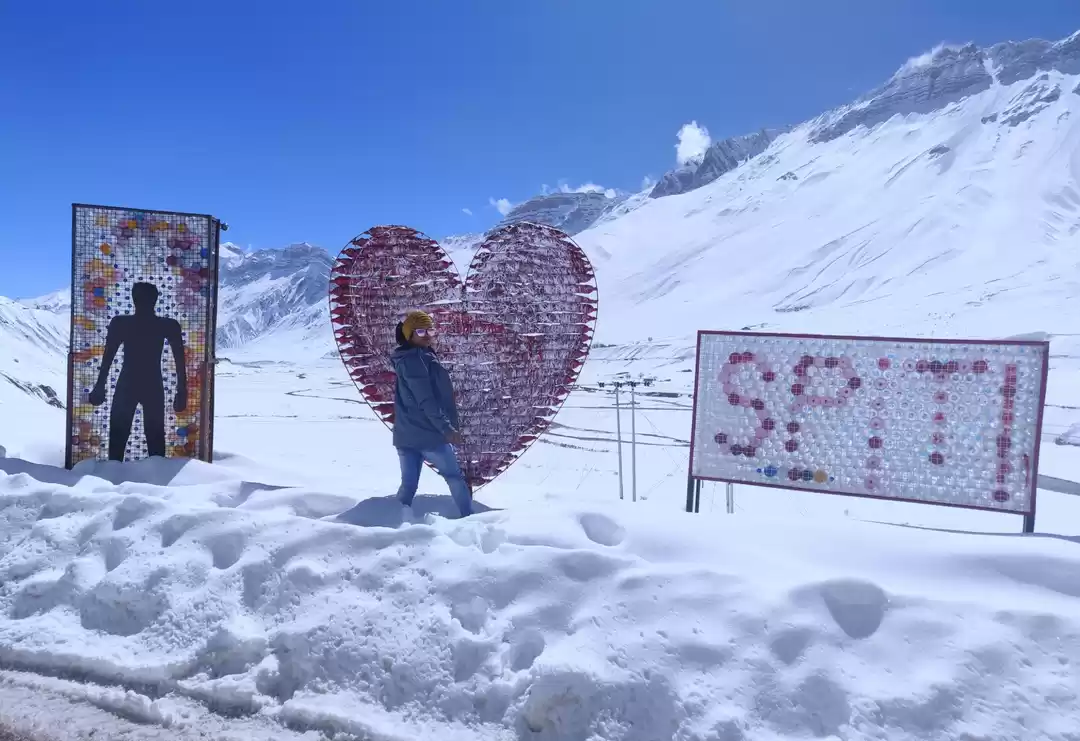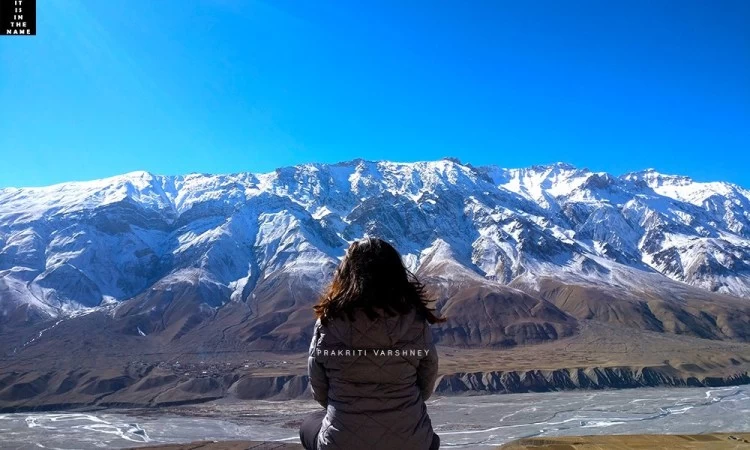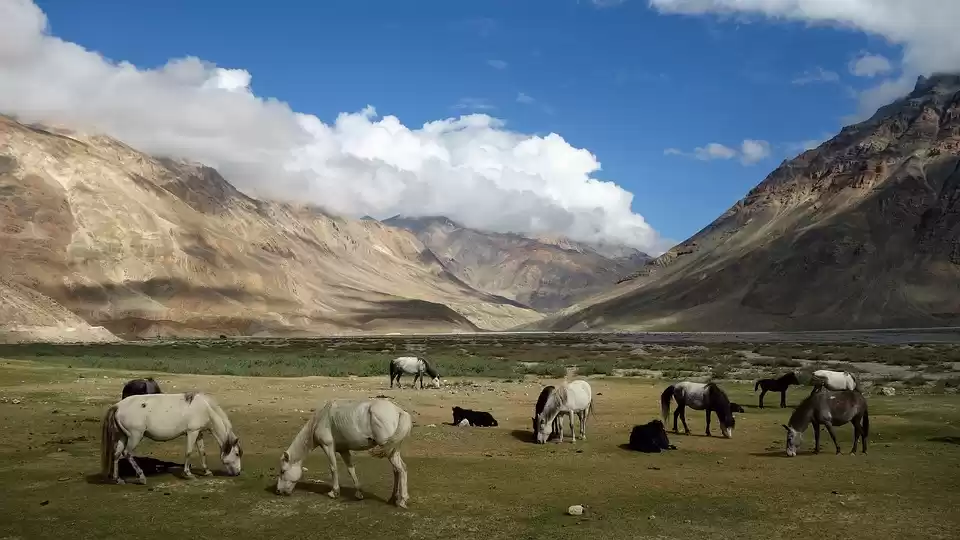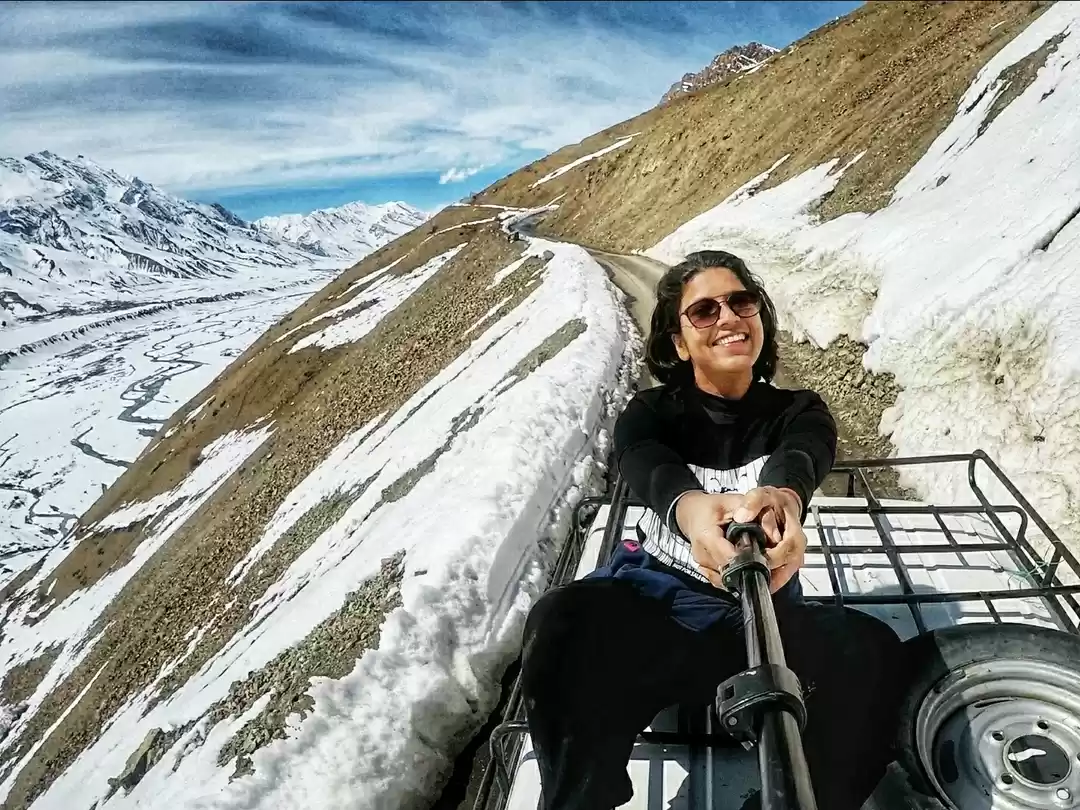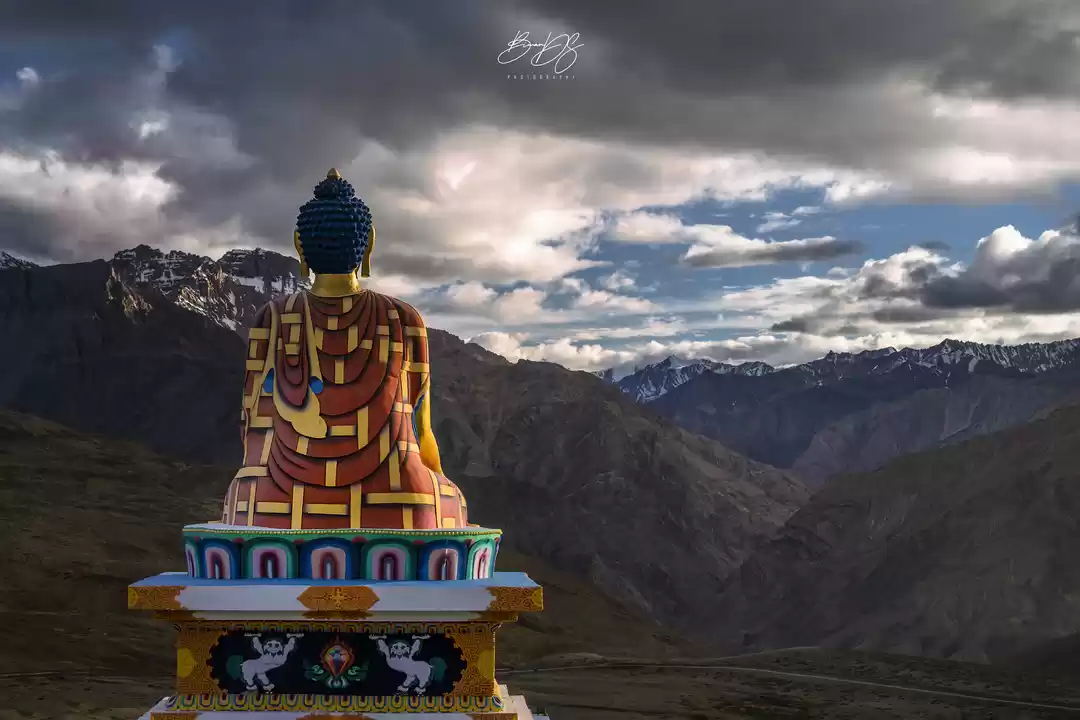An eternal blanket of snow enveloped the valley as I arrived in Spiti in April to experience the magnificence of the Himalayas, prepared to get awestruck by the breathtaking panoramic views of Key and Kibber. But, instead I was left stunned seeing the triumph of human spirit as I witnessed the local life, and its struggle and joy!
During one of our conversations with my hosts in Kaza, the mother introduced me to her younger son (who she addressed as Lama Ji), a Buddhist monk living in a monastery in Bangalore. He was sent to the monastery when he was only 12 years old, and in the last 14 years as a Lama, he had visited his family in Kaza only twice. He had renounced all worldly pleasures, he ate only for sustenance and had no use for money. As if the lives of the modest villagers were not demanding enough!
The lady's elder son had two sons as well, the younger one called Kunga Polzar, was a shy, lovable kid, the kind you won't get tired pulling the cheeks of! He was always smiling and his animated actions screamed cuteness. He is 2 now, and by the time he'd be 11, just like his uncle, he'd be sent away to a monastery down south too, to become a Lama. My heart broke with the thought of separation and sacrifice both the kid and the family would have to make.
This culture is prevalent in Buddhism in countries like Myanmar, Thailand and Vietnam. The reasons are two-fold, firstly Buddhists want to keep their religion alive, as there are not many devout practitioners of Buddhism in the world. Some Gompas, like in Dhankar (also in Spiti), mandate the younger child to become a Lama, as a rule. This brings us to the second reason, poverty! Remote villages in the higher reaches of Himalayas have people living with limited means. Thus, families are comfortable sending one of their children to a monastery where they receive free education, stay and food, as it relieves them of some financial burden.
As I speak of destitution and seclusion, I'm reminded of Chicham Khas, another isolated village near Kibber. With a population of about 300 people, this village is now connected with Kibber through the famous Chicham Bridge, one of Asia's highest suspension bridges. But up until the bridge was constructed, the locals of Chicham built a ropeway manually, it was self-operated and had never collapsed. One had to pull the rope on their own to arrive on the other side of a 1000 ft deep canyon (while camouflaged snow leopards lurk in the vicinity). Can you even imagine the risks and dangers of leading this lifestyle?
As much as I have been in love with the snow-capped mountains of Himalayas, the secluded, far-flung villages with a population as low as 30 people and at an altitude as high as 15,000 ft., face consequential setbacks in terms of weather, basic amenities, transport and access to the outside world.
To get an experience of the magical white Spiti, I visited here at the end of April, a time considered the most suitable time as the valley is still covered in snow while the sun shines bright making it a comfortable stay. But, as I write this in the month of June I still hear the news of heavy snowfall in Kaza and the rest of the valley. With heavy snowfall not only the temperature drops down, but roads are also blocked for days due to landslides, and people's lives and works are disrupted for no good.
Even as the weather forecast shows 5 degrees of temperature, due to wind-chill it is effectively way below zero! A friend of mine who could never take a drag from a cigarette successfully in his life finished a joint in a minute at Langza. Mostly because he was blown (quite literally) by the incredible view of the valley, but also because how impossibly cold it was. No amount of layering could help us that day, and as we shivered in the wind, trying to pose with the mighty Buddha, we saw villagers working in the fields with their yaks and hardly had any clothes on!
The people of Spiti have managed to inspire and amaze me more than the stunning valley could ever do. While we were traveling to Kaza we met a father, carrying his 9-year-old girl in his arms. She had her leg fractured and was required to travel for several hours to another village just to get a check-up done. The Buddhist baby Kunga that I talked about earlier, was born here in Kaza and had spent the two tender years of his life entirely in Spiti, enduring the cold months of peril. His mother, who is a school teacher in Shichling (the neighboring village), spent the treacherous months of pregnancy and then childbirth in the cold, like every other woman of Spiti.
While I cannot even begin to imagine myself in any of these situations, the farmers of Langza, the helpless father, the sick daughter, infant Kunga and the pregnant women, all of them had a big smile on their faces, as if in gratitude for the beautiful lives they've had. Their stories really shook me to the core, and I realized how Spiti could be the coldest of all places but had the warmest of people.



